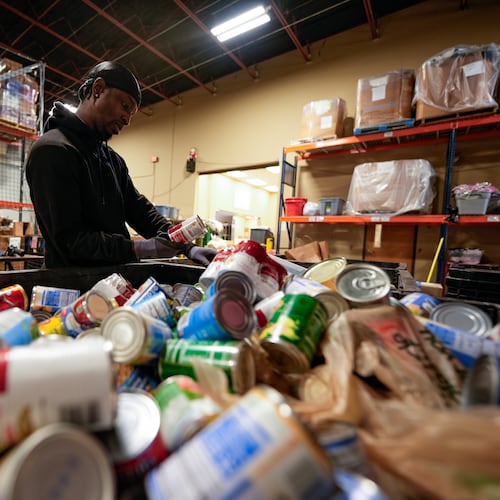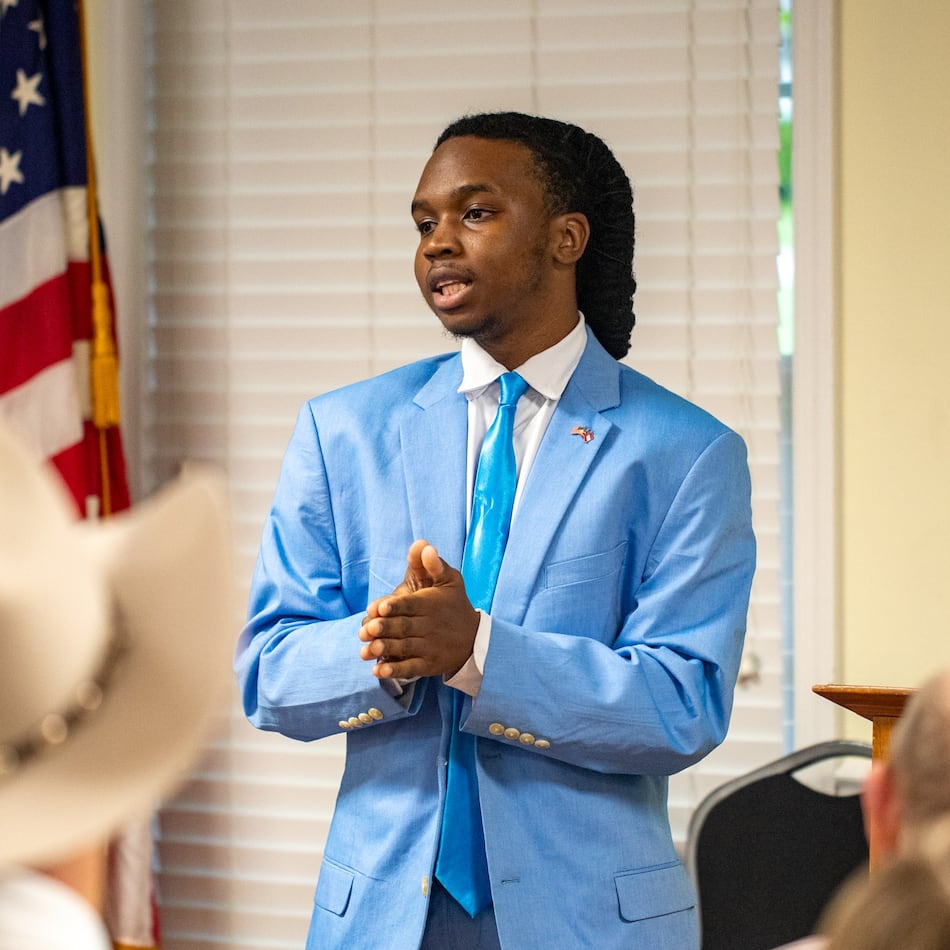A soon-to-be-shuttered Family Dollar on the westside of Atlanta is on track to get a new life as a community food pantry as part of a $2.5 million investment to increase food access across the city.
Invest Atlanta — the development agency for the city — approved on Thursday five massive projects that will bring community markets and other fresh food resources to areas long-plagued by food deserts.
Earlier this year, the agency solicited advice from the developers and grocery operators on how best to expand Atlanta’s roster of affordable grocery stores and healthy food options.
Eight months later the city’s plan includes $500,000 in grants for a new Community Food Center operated by the Atlanta Community Food Bank on the west side and a $750,000 grant for redevelopment of the historic Yellow Store in the English Avenue neighborhood into a grocery store.
The City of Refuge nonprofit that helps families transition out of crisis is getting $200,000 for a new market within its building on Joseph E. Boone Blvd that will be able to serve 20,000 visitors annually.
On the east side of the city, the Sweet Auburn Municipal Market is getting $775,000 of tax allocation district funds for a revamp and a $330,000 grant for a new grocery store on Edgewood run by the company Goodr — a nonprofit that focuses on addressing food scarcity through technology.
Atlanta Mayor Andre Dickens, chair of the Invest Atlanta board, said that the investments are only the beginning of the city’s plan to address food access disparities.
“We are providing food access to areas that have been in the food desert for far too long, community members that have gone hungry, that have had lack of access to fresh food options, are now getting fresh food,” he said.
The first-term mayor said that the projects should be open by the end of 2025, if not before.
All of the new fresh food options will be located in areas characterized as food deserts by the U.S. Department of Agriculture. To meet the USDA’s food desert definition in an urban area, at least 500 people or a third of the local population must live more than a mile from the nearest supermarket, supercenter or large grocery store.
In 2015, a little more than half of Atlanta residents lived within a half-mile of a fresh food retailer. That increased to roughly 75% by 2020, and the Dickens administration aims to increase it to 85% by 2025.
Council member Liliana Bakhtiari, who represents District 5, said that vulnerable residents in Atlanta’s historic east side neighborhoods have suffered from a lack of investment from the city.
The new Goodr grocery store on Edgewood will have the capability of serving 200 people per week and will prioritize unhoused residents and seniors.
“We’re talking about one of the most neglected corridors in the city that is an overwhelmingly Black population in this area with low-income.” she said. “These projects are going to be anchor projects to turn around a neighborhood and a community in the southeast area — it’s going to be catalytic.”
About the Author
Keep Reading
The Latest
Featured



